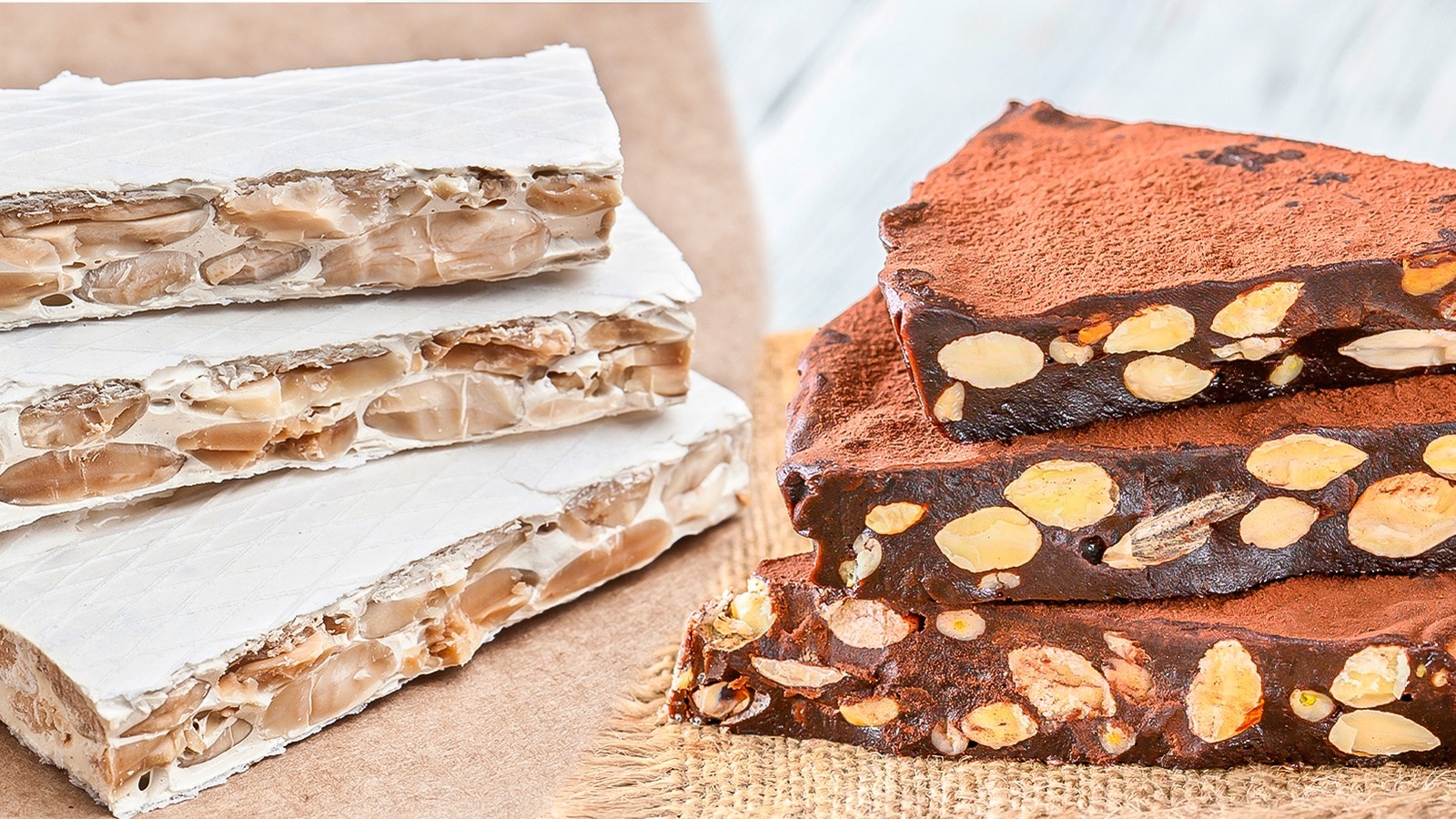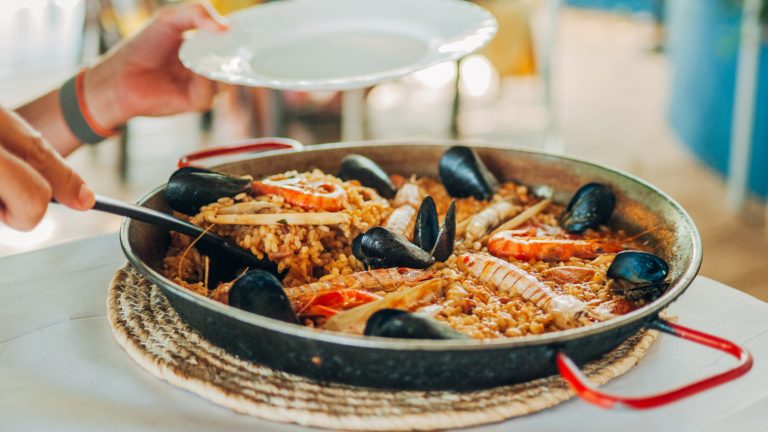The Italians have plenty of delights to tempt us with, and you’ll find no shortage of sweet pastries to munch on in between sips of espresso and glasses of wine while traveling throughout the country. Though many recipes were once created specifically for holiday seasons, many of these festive recipes have since made their way into year-round displays. Panforte and torrone are two such delicacies, and while they’re both sweet treats to enjoy, the recipes are different.
From texture to taste, panforte and torrone offer unique experiences for curious foodies. If you typically avoid fruitcakes, you may rethink your choices after biting into a thick slice of spiced panforte. When served with a glass of vin santo, you may find yourself eating this delight on the regular.
Nougat lovers may prefer to sample pieces of torrone, a once regional specialty that has since acquired variations offering chewy mouthfuls of candies flavored with toasted almonds and honey. Making torrone is a sticky process that can befuddle even trained pastry chefs, so if you are offered the experience to sample the treat without having to lift a finger in the kitchen, don’t hesitate. Panforte, on the other hand, offers a more approachable recipe if you don’t foresee flights to Europe in your future yet still want to try la dolce vita.
Perfect pieces of panforte
The original panforte can be traced back to the Christmas holidays in 13th-century Siena, but the chewy cake recipe has since spread beyond Tuscany and throughout the country, and chefs in different cities have put their own spin on the treat. Panforte is thought to have evolved from a cake that was baked with pepper called panpepato.
Recipes now are packed with honey, chocolate and cocoa, syrup, fruits like figs and candied slices of orange, and toasted nuts like almonds and hazelnuts, but any kind of dried and candied nuts and fruits can be used to make the treat. Though this may sound like fruitcake, the soft yet thick texture and caramelized flavor may surprise you. While panforte is delicious when served as an after-meal sweet, pieces can also make an underrated addition to charcuterie boards packed with cheeses, toasted nuts, and dried and fresh fruits. Offer panforte with coffee or dessert wines like the Hungarian Tokaj or the Sicilian marsala dolce. These chewy cake recipes can be made several days in advance of your next house party, as the cake will set and the flavors will deepen before you begin to cut the first slice.
Talent required to make torrone
Though some of the ingredients used to make torrone mirror recipes to make panforte, torrone is a pillowy, chewy nougat that could be likened to a sturdier nut-flavored marshmallow. Torrone was once a Christmastime sweet as well and has since taken on unique recipe variations throughout the country. The texture of these recipes can vary from softer, chewier pieces to harder bites that are made with pieces of chocolate.
Making torrone requires a delicate hand, as syrups of sugar and honey must be brought to a hard crack stage around 310 degrees Fahrenheit before being whisked with whipped egg whites to make the nougat. It is up to the candy maker to determine when the whipped egg whites can be combined with the sugar, and the sticky task is not one for the timid. Starch helps keep these recipes from sticking to countertops, and edible rice paper can be used to press and hold the candy before it is cut into pieces. Improper dealings with the nougat could mean that as nuts are mixed into the recipe or the candy is laid into a pan, a sticky situation can overtake the kitchen, the nougat fails to achieve the intended aerated state, or a hard and less-than-desirable mass is left untouched in your kitchen.







